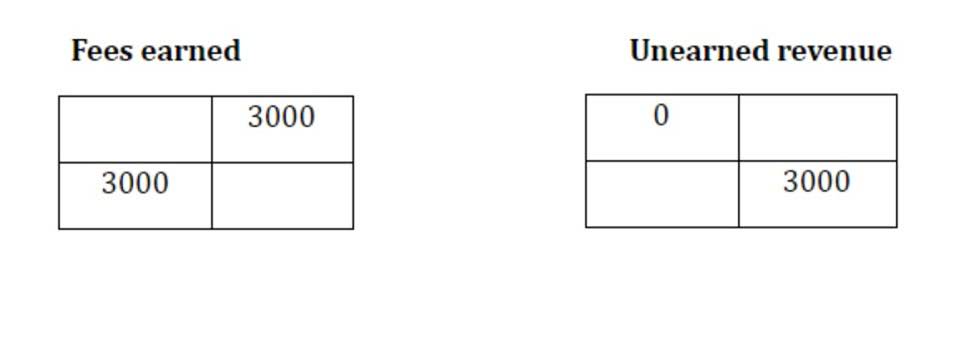
Capturing the cost of manufactured goods requires unique considerations and methods. Manufacturing cost accounting systems must accurately capture these costs while being flexible enough to accommodate various manufacturing methods, processes, and techniques. Overall, the manufacturing accounting process is much more complex than accounting for most companies that produce no inventory. Having the right manufacturing accounting process can efficiently break down all of the operational manufacturing accounting process costs within your company.
Step 3: Choose an Online Tool to Build the Flowchart
This allows for accurate financial reporting and better decision-making regarding pricing, profitability analysis, and investment strategies. By ensuring that financial records are accurate, inventory management contributes to the overall efficiency of the accounting system and enhances the organization’s financial management capabilities. Accounting for manufacturing businesses is a large undertaking and the manufacturing accounting process is detailed and complex, with a lot of information to track and sort through. This will also allow you to maximize productivity and streamline your manufacturing processes, which will drive revenue Certified Public Accountant and increase profit.

Material costs

A new forklift might cost $75,000, but it won’t be worth that same amount after 3 years. Eventually, it will be decommissioned after it has lived its useful life and have a value of zero or a minimal salvage value. Depreciation is a way to financially account for the decrease in value of a physical asset over time. Keep in mind that production overhead will be distinct from overhead calculations for other departments. Contract manufacturing is the outsourcing of certain manufacturing jobs to Retail Accounting another (third-party) company. For example, a smartphone manufacturer might outsource the audio components to a speaker manufacturing specialist.
Manufacturing Accounting Helps Manage Risk & Cash Flow
As part of the manufacturing process, your business is likely to have items in production that have not yet been completed. To reduce the costs of doing business, you must understand first where your production costs lie. In addition to per-part inventory costing, it is also important to track the total number of on-hand inventory units. The two common types that inventory can be arranged in light of this are the perpetual and the periodic inventory system.
- In order to ensure accuracy and efficiency in the process, there are certain best practices that should be followed.
- The chief disadvantage lies in having to routinely update the standards which can be arduous in case of constantly changing market conditions.
- Direct labor is the value given to the labor that produces your goods, such as machine or assembly line operators.
- In standard costing, businesses assign standard costs for raw materials and labor when factoring them into inventory and production expenses.
- Technology and global trends are always changing – and so must a manufacturing business if it wishes to stay agile.
- The overhead cost of a cost pool is then divided by the number of units in the activity to arrive at the activity rate – a fixed amount that is added to each unit’s cost.
- Real-time inventory tracking minimizes manual accounting tasks and enhances planning, pricing, shipping, and customer experience.
Additionally, automation can speed up production, allowing for faster customer turnaround times. This can lead to greater customer satisfaction and increased revenue for your business. He’s visited over 50 countries, lived aboard a circus ship, and once completed a Sudoku in under 3 minutes (allegedly). The solution is to build a custom tech stack out of multiple smaller, cheaper, cloud-based systems that integrate to create a synchronised flow of data between each area of your business. Let’s look at some of the key systems and features that facilitate efficient manufacturing accounting.
- Automate invoicing, payment processing, and financial reporting to ensure accuracy, reduce costs, and improve cash flow.
- Priya also possesses in-depth knowledge of SEO and content marketing, which enables her to develop effective strategies to increase website traffic and improve brand visibility.
- Businesses can avoid costly penalties due to inaccurate reporting or late filing fees by automating compliance tasks, such as payroll or taxes.
- The process operates 24/7, allowing for a consistent, high-volume output of oil refining.
- Stay updated with technological advancements, industry trends, and best practices in manufacturing accounting.
The value of inventories plays a large role in a company’s finances and profitability, as it directly affects both COGM, COGS, and tax liability. In fact, large swaths of manufacturing accounting can be viewed as aspects of the larger inventory management process. Manufacturing is the process of transforming raw materials into finished products through various methods, often involving machinery, labor, and assembly lines.

ERP consultants and partners for manufacturing ERP implementation can be found through various avenues. These websites often have dedicated sections or pages for consulting services and provide information about their partner network. Another approach is to seek independent ERP consultants who specialize in manufacturing ERP implementations.
